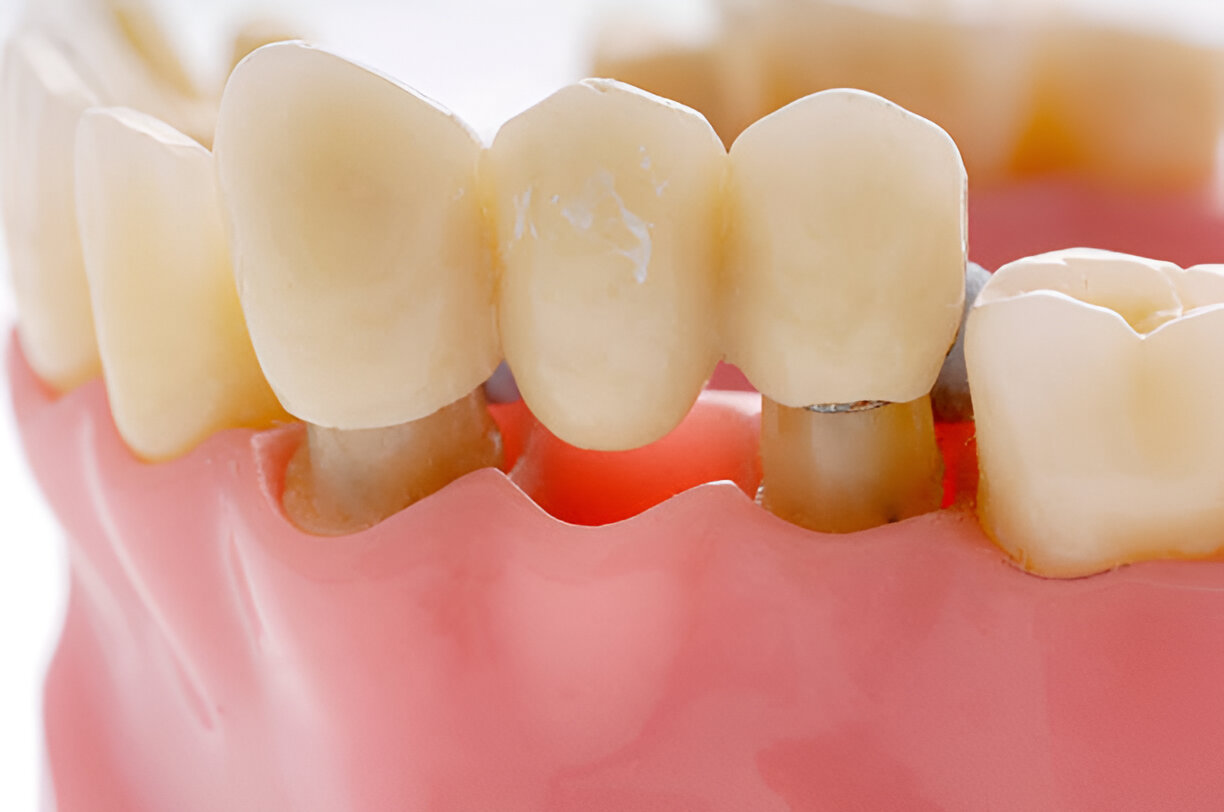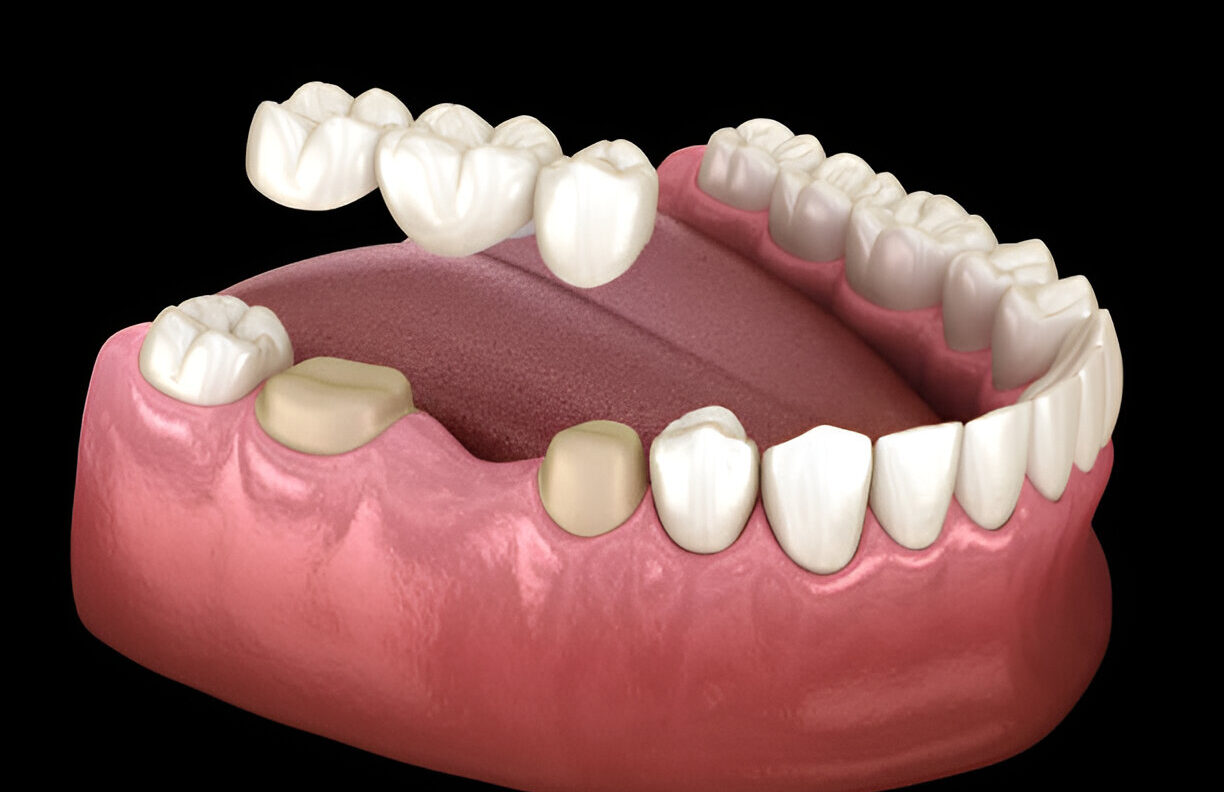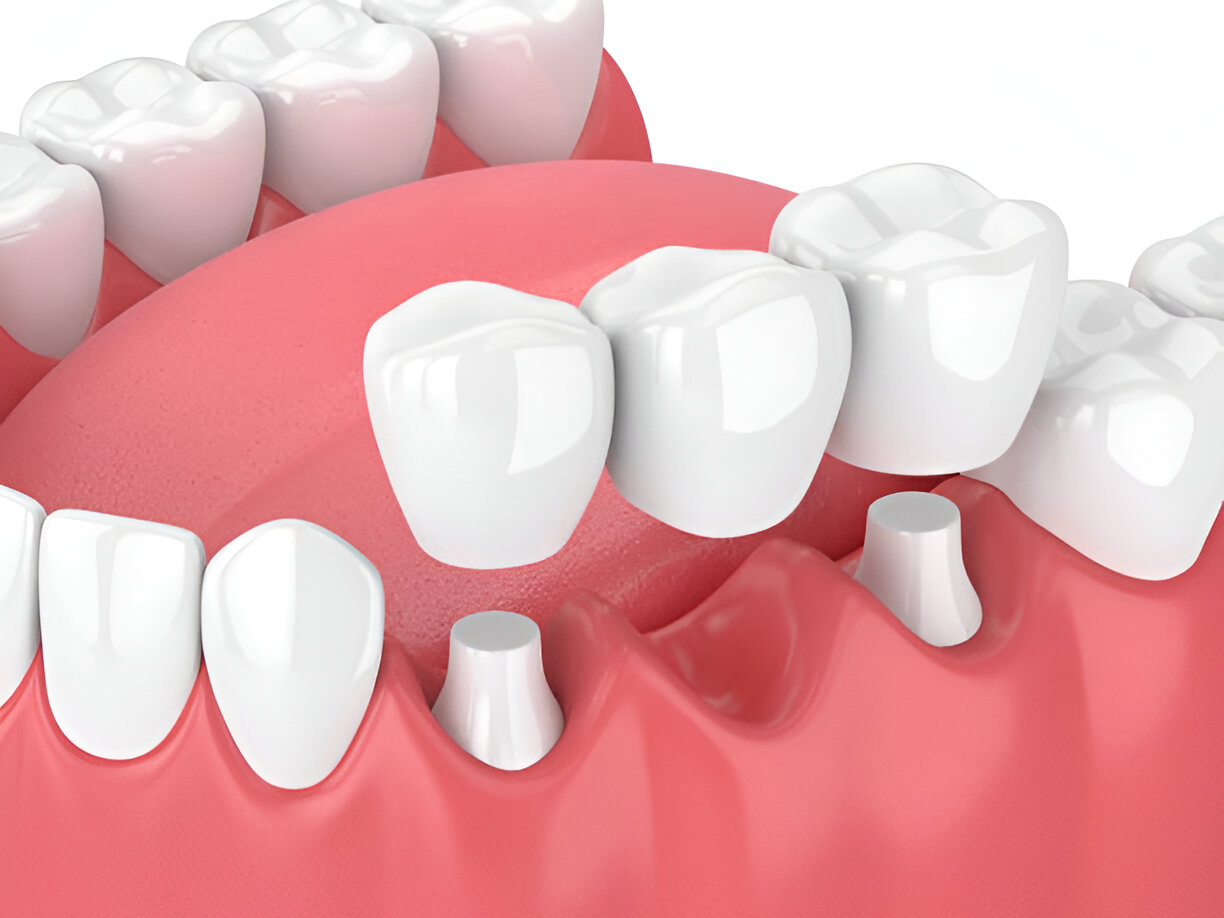Summary:
Choosing the right dental bridge can significantly enhance your smile and oral health. Whether the traditional dental bridge or a modern implant-supported option, each type has unique benefits that cater to specific needs. In this guide, we break down the types of dental bridges, discuss the factors you should consider when choosing one, and offer tips for maintaining your dental bridge for long-lasting results. Discover how the right dental bridge can restore confidence in your smile while supporting oral health.
 Understanding Dental Bridges: The Basics
Understanding Dental Bridges: The Basics
Missing teeth can affect not only your smile but also your overall oral health. Dental bridges are a reliable solution to replace missing teeth, filling the gap with artificial teeth that function and appear just like your natural ones.
A dental bridge is an artificial tooth (known as a pontic) held in place by the neighboring natural teeth or implants. The purpose is to restore functionality regarding chewing, speaking, and smiling. At Taylor Dental and Braces, our Dentists in Texas provide personalized options to suit your needs.
Types of Dental Bridges: Which One is Right for You?
There are several dental bridge options, each tailored to different situations. Here’s a closer look at the types of bridges available:
- Traditional Dental Bridge
The most common option, a traditional dental bridge, uses crowns on either side of the gap to support the artificial tooth. This type is suitable when natural teeth are on both sides of the gap.
Advantages:
- Durable and reliable, often lasting ten years or more.
- It can be made from porcelain or metal, mimicking the natural look of teeth.
Ideal For:
Patients with strong, healthy teeth adjacent to the gap.
- Cantilever Dental Bridge
Unlike traditional bridges, cantilever bridges require support from only one side. This is a suitable option when only one adjacent tooth is available.
Advantages:
- Requires less dental preparation.
- Suitable for front teeth with minimal bite force.
Ideal For:
Patients with a missing tooth in the front of their mouth, with less pressure from chewing.
- Maryland Bonded Bridge
A Maryland dental bridge is a conservative option that avoids using crowns. Instead, it uses a framework (either metal or porcelain) bonded to the back of your surrounding teeth.
Advantages:
- It is less invasive as it doesn’t require crowning adjacent teeth.
- It’s cost-effective compared to other bridges.
Ideal For:
Patients missing front teeth with healthy, adjacent solid teeth.
- Implant-Supported Dental Bridge
An implant-supported bridge is often the best option for those missing several teeth in a row. The bridge is supported by dental implants instead of natural teeth.
Advantages:
- Superior durability and strength.
- Preserve bone density by mimicking natural tooth roots.
Ideal For:
Patients with healthy bone mass and multiple missing teeth.
Key Factors to Consider When Choosing a Dental Bridge
Choosing the right bridge for you is more than just selecting the type—it’s about finding the best match for your oral health and lifestyle. Here’s what you should keep in mind:
- Oral Health
The condition of your remaining teeth plays a significant role in your dental bridge options. If you have weak or damaged adjacent teeth, an implant-supported bridge might be better than a traditional bridge.
- Lifestyle
Some bridges are better suited to certain lifestyles. If you engage in high-impact sports or activities, an implant-supported bridge could provide the extra durability you need.
- Aesthetic Goals
Your appearance matters, and so does the look of your smile. Aesthetic considerations, such as the bridge’s visibility and the material used (porcelain, ceramic, or metal), will influence your choice.
- Budget and Time
Dental bridge costs vary depending on the material and type. Though more costly, an implant-supported bridge provides more durability and longevity than other types.
Fun Facts About Dental Bridges
- The first dental bridge dates back to ancient civilizations, where human teeth were used as replacement teeth!
- Porcelain dental bridges can be color-matched perfectly to your existing teeth for a seamless look.
- A well-maintained dental bridge can last 10 to 15 years or even longer with proper care.
How Long Do Dental Bridges Last? Tips for Extending Their Lifespan
Taking care of your dental bridge is crucial to extending its lifespan. Here are some tips to ensure it lasts for many years:
- Maintain Oral Hygiene: Brush and floss daily to prevent plaque buildup around your dental bridge. You can also use special floss designed for bridges, like floss threaders, to clean hard-to-reach areas.
- Regular Dental Visits: Routine checkups will help detect any issues early on. Taylor Dental and Braces offers comprehensive aftercare services for all patients.
- Watch What You Eat: Avoid sticky or hard foods that could dislodge or damage your dental bridge.
- Use Mouthwash: Keep bacteria at bay by using an antibacterial mouthwash regularly.
By following these tips, you’ll ensure the long-term success of your dental bridge, whether you choose a partial dental bridge or a full one.
 Statistics on Dental Bridges
Statistics on Dental Bridges
- Success Rates: Dental bridges have a success rate of over 90% in the first ten years after placement.
- Implant Longevity: Implant-supported bridges can last 20 years or more with proper care.
- Cost Efficiency: Dental bridges are often more affordable than dental implants, providing similar benefits in restoring functionality and appearance.
Key Takeaways
- Tailored Solutions: There is no one-size-fits-all when it comes to dental bridges. Understanding the different types—traditional, cantilever, Maryland, and implant-supported—is critical to making an informed decision.
- Improved Oral Health: Dental bridges restore your smile and prevent complications like tooth shifting and bite issues.
- Care and Maintenance: Proper oral hygiene, regular dental visits, and avoiding hard foods are essential for maintaining your dental bridge’s longevity.
- Consult a Professional: Speak with your Texas dentist for the best dental bridge solution.
Ready to regain your smile and confidence? Contact Taylor Dental and Braces today or book an appointment online to discuss the perfect dental bridge option for you. Don’t let missing teeth hold you back—restore your smile with expert care!



